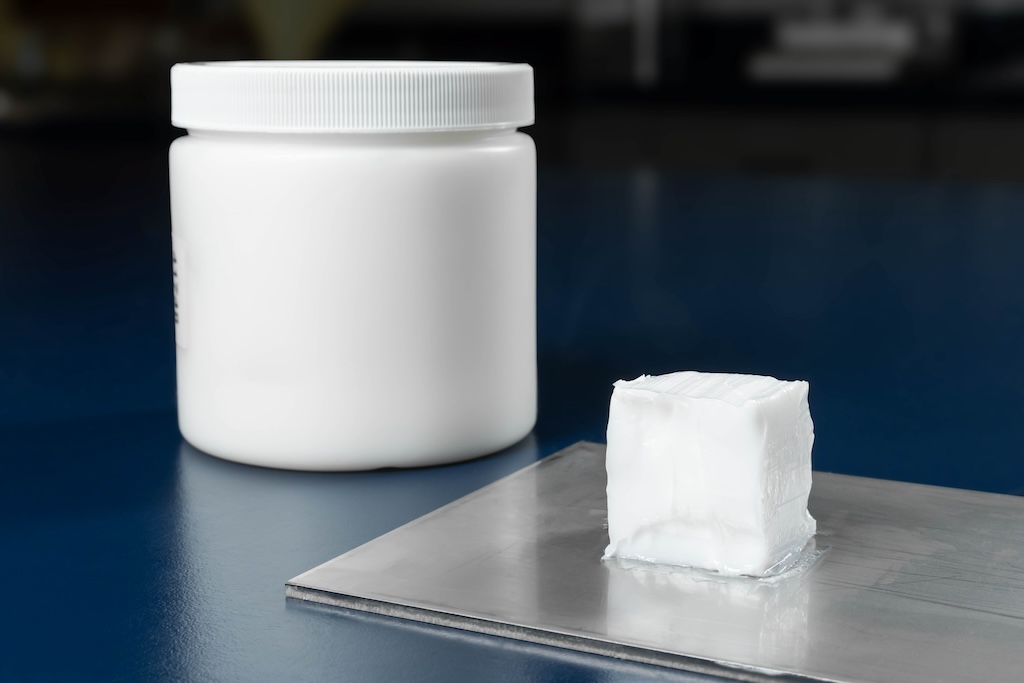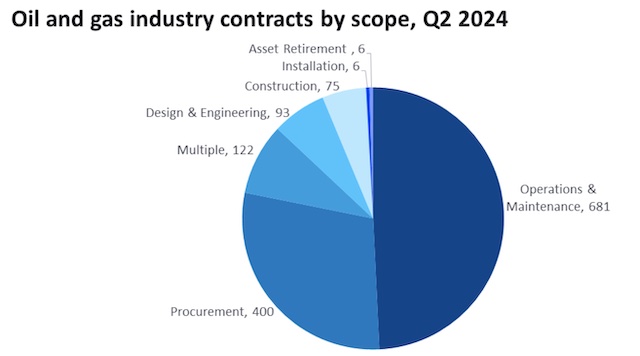A variety of plastic compounds are available for use as sealing and rider rings in reciprocating compressors; however, these materials have not been developed specifically for use in a reciprocating compressor.
A variety of plastic compounds are available for use as sealing and rider rings in reciprocating compressors. In many cases, however, these materials have not been developed specifically for use in a reciprocating compressor. For reasons of cost effectiveness, they are optimized for as wide a range of applications as possible, e.g., in the automobile and the chemicals industries. The requirements for a dry-running material for reciprocating compressor sealing elements include:
- Favorable tribological properties ensuring minimal friction and low wear
- High degree of chemical resistance for use with as many different gases as possible
- Good mechanical properties to withstand maximum load parameters
- Good shape adaptability for optimal sealing performance
- Minimum abrasiveness to avoid counter body wear.
To date, this general requirement profile is not fully satisfied by any dry-running material. In particular, no dry-running material is available that exhibits the same good wear properties in every gas and gas mixture environment. In an effort to improve service life, the dry-running materials often contain a significant proportion of abrasive fillers such as glass fibers or ceramic with the correspondingly negative consequences for soft counter body materials such as grey cast iron.
Many high-temperature polymers with good mechanical properties display a high elastic modulus. This leads to rigid sealing rings or sealing ring segments, which, in turn, display very poor adaptability. The latter has a particularly negative impact on oil-free compression of light gases at high pressures.
To this aim, Burckhardt Compression uses five reciprocating compressors to test the materials for each application. The Persisto materials currently cover a wide variety of gases in oil-lubricated as well as in dry-running environments. Figure 1 shows two compounds specifically developed for use in dry-running reciprocating compressors for the compression of hydrogen and tested on a hydrogen test compressor, whereby the alloy comprising polytetrafluorethylene (PTFE) and polyphenylene sulfide (PPS) is of particular significance. This alloy offers favorable properties for the requisite sealing functions and permits a higher load and a reduced creep compared to conventional filled PTFE materials.
If the wear compensation of sealing elements is based on shifts in ring components, rather than their elastic / plastic deformation, even high differences in pressure can be realized without failure by fracture. Discharge pressures of more than 300 barg (4350 psig) can be sealed in oil-free compression of hydrogen. In addition, the permissible pressure load for dry-running packings with a pressure difference of more than 200 barg (2900 psig) is remarkable. Figure 2 shows this using the example of a piston rod sealing in hydrogen with a discharge pressure of 80 barg (1160 psig).
Persisto 850 can be used in a wide range of gases and gas mixtures but is not recommended for compressing oxygen-containing gases. Apart from hydrogen, this new development is predestined for applications with various hydrocarbons (incl. boil-off gas), carbon monoxide, carbon dioxide or ammonia. Thanks to its special composition, the atmospheric dew point of the gases can be significantly below -70°C.
The Persisto materials allow Burckhardt Compression to offer solutions for complex sealing applications in reciprocating compressors without requiring the use of expensive counter body materials or coatings.
– Edited by CFE Media.



